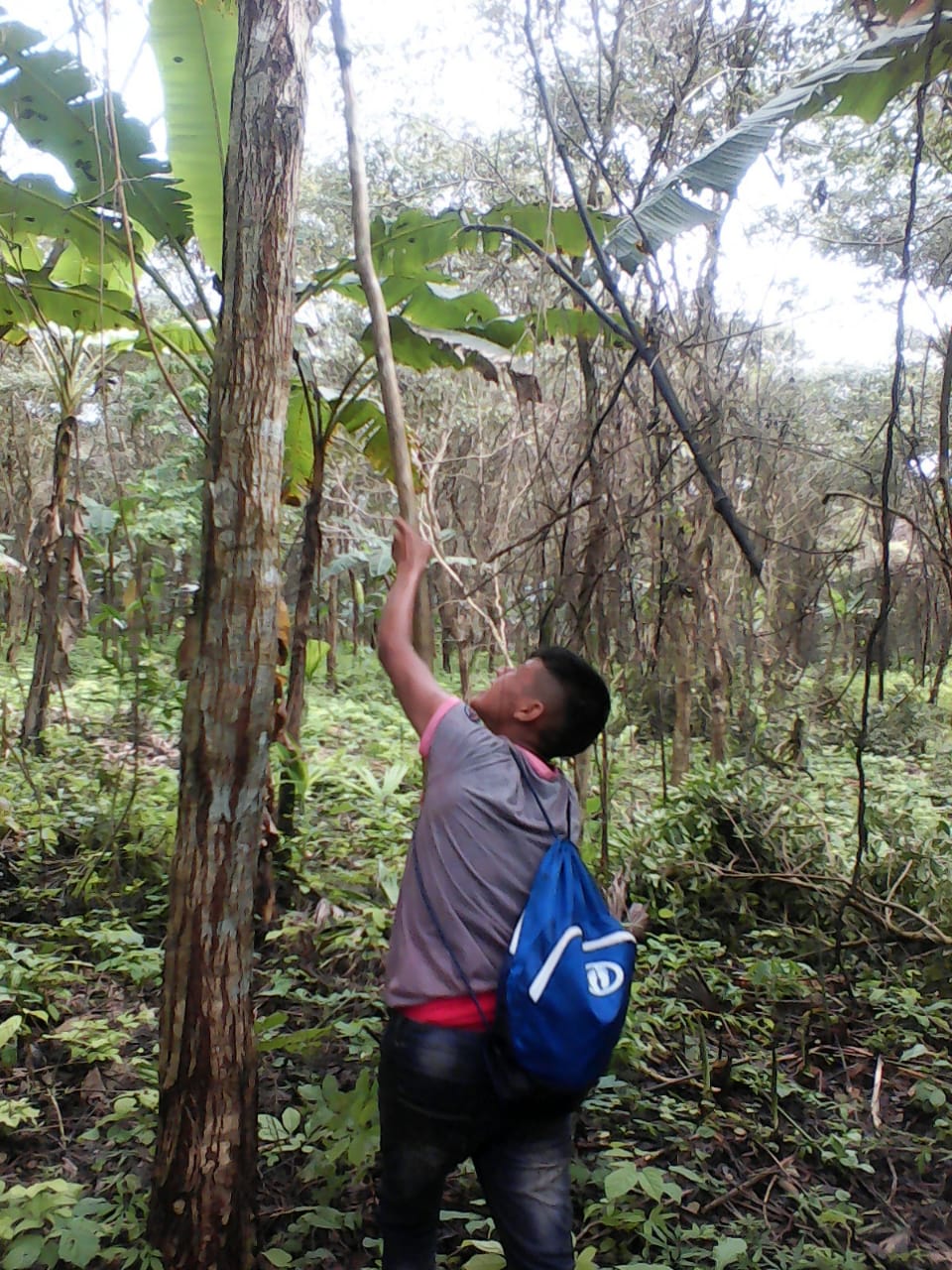Launching wooden product line - Vote your favorites
/Today we kicked off the first stage of a campaign to offer finished wooden products, and we're starting by asking you which are your favorites. We'll move forward with the products that are the most popular.
The "voting" stage is the first phase of a broader campaign, whose eventual goal is to provide people in the U.S. handcrafted wooden items for the home, made by talented Panamanian woodworkers. By employing Panamanian woodworkers to create the products--instead of shipping the raw lumber to the U.S.--more of the value of these precious woods stays in the Darien.
Most of the wood that leaves the Darien--one of the few remaining biodiversity hotspots in Central America--ends up going straight into Panama City, with minimal processing, and minimal benefit to the local economy. If we can succeed in connecting consumers with woodshops in Panama, then more of the value of these beautiful woods stays in local communities.
The indigenous Emera and Wounaan communities safeguard some of the last remaining stocks of the coveted cocobolo wood (dalbergia retusa). The trees are culturally and economically important for these groups because they provide the wood for their incredible carvings. Unfortunately, cocobolo trees are increasingly poached by opportunistic loggers and settlers, depriving the communities of a valuable resource. If we succeed in stimulating the demand for their carvings, then perhaps the communities will invest more in their traditional artistry and redouble their efforts to protect their cocobolo stocks .








